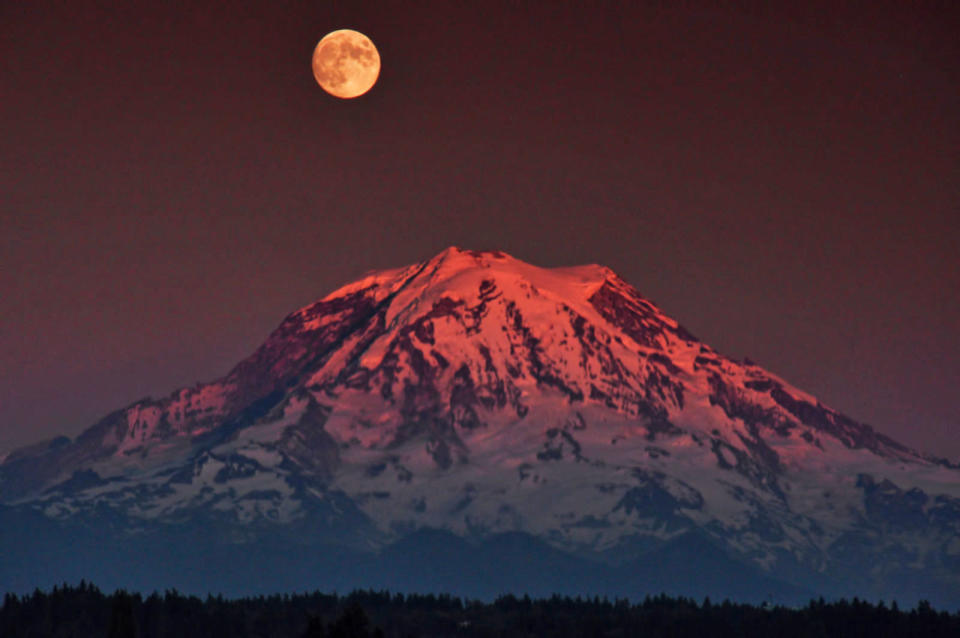Water could be extracted all over the Moon, not just at its poles
Researchers believe they're seeing hydroxyl, though, which would take some extra processing.
If we're ever going to colonize another world, we can't rely solely on the supplies we bring with us. We'll have to make use of the resources available at our destination, with water being one of the most important. Not only can we drink it, but add a bit of science and voilà! You've got oxygen to breathe or rocket fuel to fly. Figuring out what resources are where is extremely important, and we've been honing this craft by looking at our celestial ally, the Moon. A study published last year suggested that water may exist in high quantities in the lunar interior, and now researchers have found evidence of water being distributed across the entire satellite, which is at odds with the widely held theory it's concentrated in the colder spots at the Moon's poles.
The problem with studying water on the Moon is that we're largely relying on spectrometry. The way sunlight bounces of the lunar surface tells us about its chemical composition, but the Moon can also heat up enough to emit infrared light of its own, which is thought to mess with the readings. And so the Space Science Institute in Colorado went about combining two data sets -- temperature readings from NASA's Lunar Reconnaissance Orbiter and spectrometer measurements from India's Chandrayaan-1 orbiter -- to try and mute the impact the Moon's own light has on results.
The institute's research, published in Nature Geoscience, disagrees with the accepted theory that water is concentrated at the poles, and that it travels before settling in these colder regions. The study of cleaned-up spectrometry data suggests water is present all over the Moon, but unfortunately, it doesn't make a lunar base any more viable. The researchers believe the majority of what they're seeing is probably hydroxyl (OH), not actual water molecules (H2O). In order to make use of the hydroxyl, you'd have to mine, extract and process it -- not nearly as simple as stumbling across a big deposit of ice, then.
While the study may have given us a better understanding of our moon's water reserves, the techniques used could also help us learn more about potential sources of water that exist in our wider solar system and beyond.



